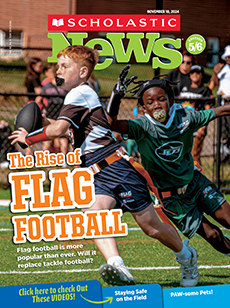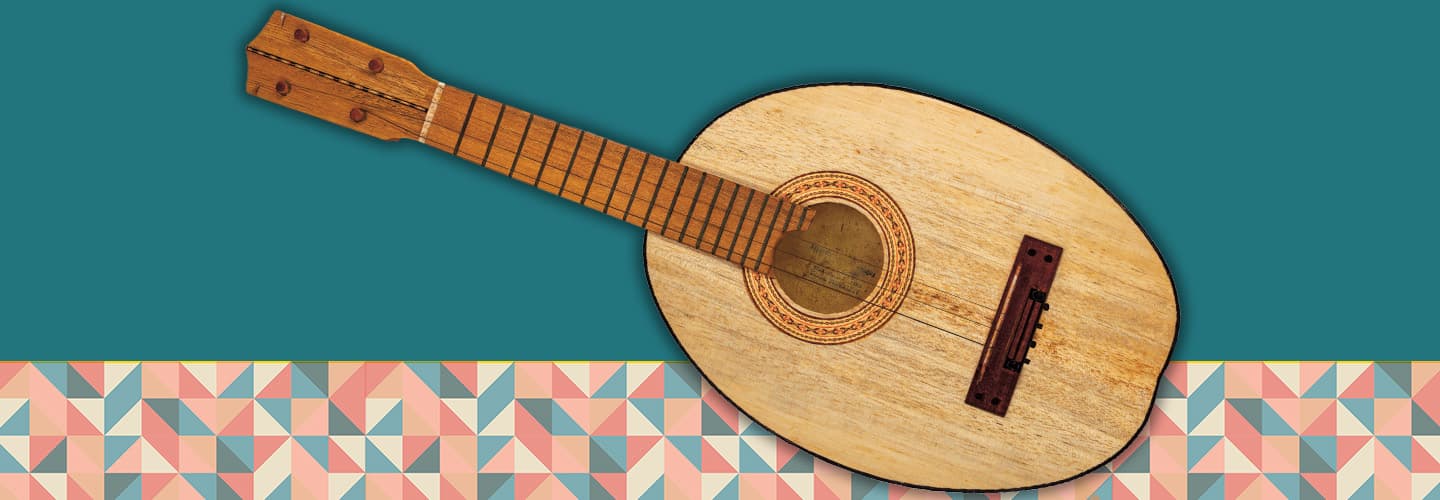What do a stringed instrument, a raft, a pair of boots, and a helmet have in common? They’re all included in a new exhibit in Washington, D.C., that celebrates Latino cultures and heritage.
The exhibit, called ¡Presente! A Latino History of the United States, is at the National Museum of American History. ¡Presente! (preh-ZEN-teh) includes objects that highlight scientists, artists, entertainers, and athletes, as well as everyday people.
“We’re showcasing stories that are never heard,” says Emily Key, who works at the exhibit. “They are not part of textbooks.”
¡Presente! will eventually become part of the National Museum of the American Latino. The museum is expected to open in the 2030s. Key says it’s important to have a museum dedicated to the contributions of Latinos and Latinas in the U.S.
“The Latino experience is the American experience,” she says.
Read on to learn about some of the items on display.

